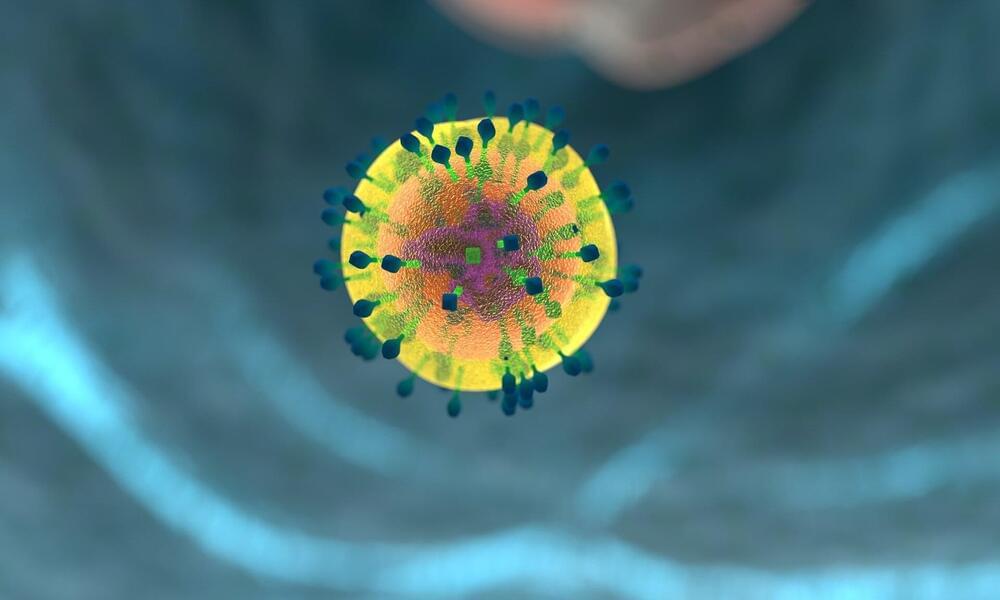Three forces will shape the business of generative AI.
Will AI now move faster and be less controlled?
It seems that the chaotic events of the last week at OpenAI have sped everything up, according to most observers.
Those warning about the risks of AI lost the battle on the drama over the control of 90 billion’s start-up OpenAI as two of the three external board members were replaced, and the outed CEO Sam Altman was reinstated.
AI agents are what they ingest. Rather than scraping the internet, it would be better to confine their diets to books and encyclopedias, says Sorin Adam Matei.
Longevity drugs for our canine companions are moving closer to reality. They also raise questions about what it might mean to succeed.
The brain-computer interface (BCI) space continues to rise in notoriety, and a number of players are throwing their hats in the ring.
Such technologies could enable users to control a computer with their brain, or even go beyond that. Countless immobile people someday could control a mouse cursor, keyboard, mobile device/tablet, wheelchair or prosthetic device by only thinking.
Big names have already established their presence in the space. Elon Musk’s Neuralink continues to make headway, while Bill Gates-and Jeff Bezos-backed Synchron has an innovative catheter-delivered implant. Blackrock Neurotech, which has a next-generation BCI, has been implanting its Utah Array in patients since 2004.
The brings you the true stories and experiences from radical remission survivors and the healers and doctors who have helped them overcome a dire prognosis. These episodes are full of stories of hope and inspiration for anyone living with a life-changing diagnosis.
New research at ACR Convergence 2023, the American College of Rheumatology’s annual meeting, demonstrates that CAR-T cell therapy could lead to sustained suppression of autoantibodies in treatment-resistant lupus while maintaining a robust response to vaccines.
Systemic lupus erythematosus (SLE, lupus) is a complex autoimmune disease marked by the production of autoantibodies to nucleic acid DNA and nuclear protein autoantigens and is associated with dysfunctional B cells. It mainly affects women and is more common and severe in people who are Black, Hispanic, or Asian. Lupus can lead to a wide range of systemic problems varying in severity, including skin, kidney, lung, joints, and heart disease and complications during pregnancy.
The disease often requires life-long treatment with immunosuppressive or immunomodulatory drugs, and a considerable number of patients don’t respond to them. One theoretical option for these patients is chimeric antigen receptor (CAR)-T cell therapy, which is successfully used to treat refractory blood cancers by destroying malignant cells.
A new study in mice found limited intakes of one particular essential amino acid slowed the impacts of ageing and even lengthened their lifespan.
Scientists are now wondering if these findings could help people improve their longevity and quality of life.
Isoleucine is one of three branched-chain amino acids we use to build proteins in our bodies. It is essential for our survival, but since our cells can’t produce it from scratch, we have to get it from sources like eggs, dairy, soy protein and meats.
Design Cells / iStock.
The tool can correct genetic errors, control gene activity, and potentially treat diseases like cancer. However, its use raises ethical concerns regarding altering human genes and embryos.









